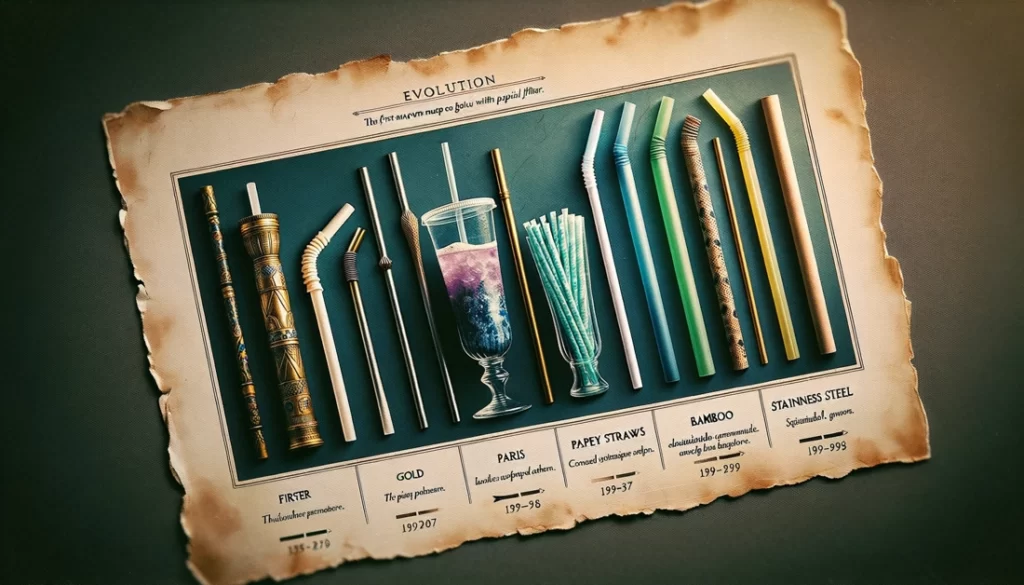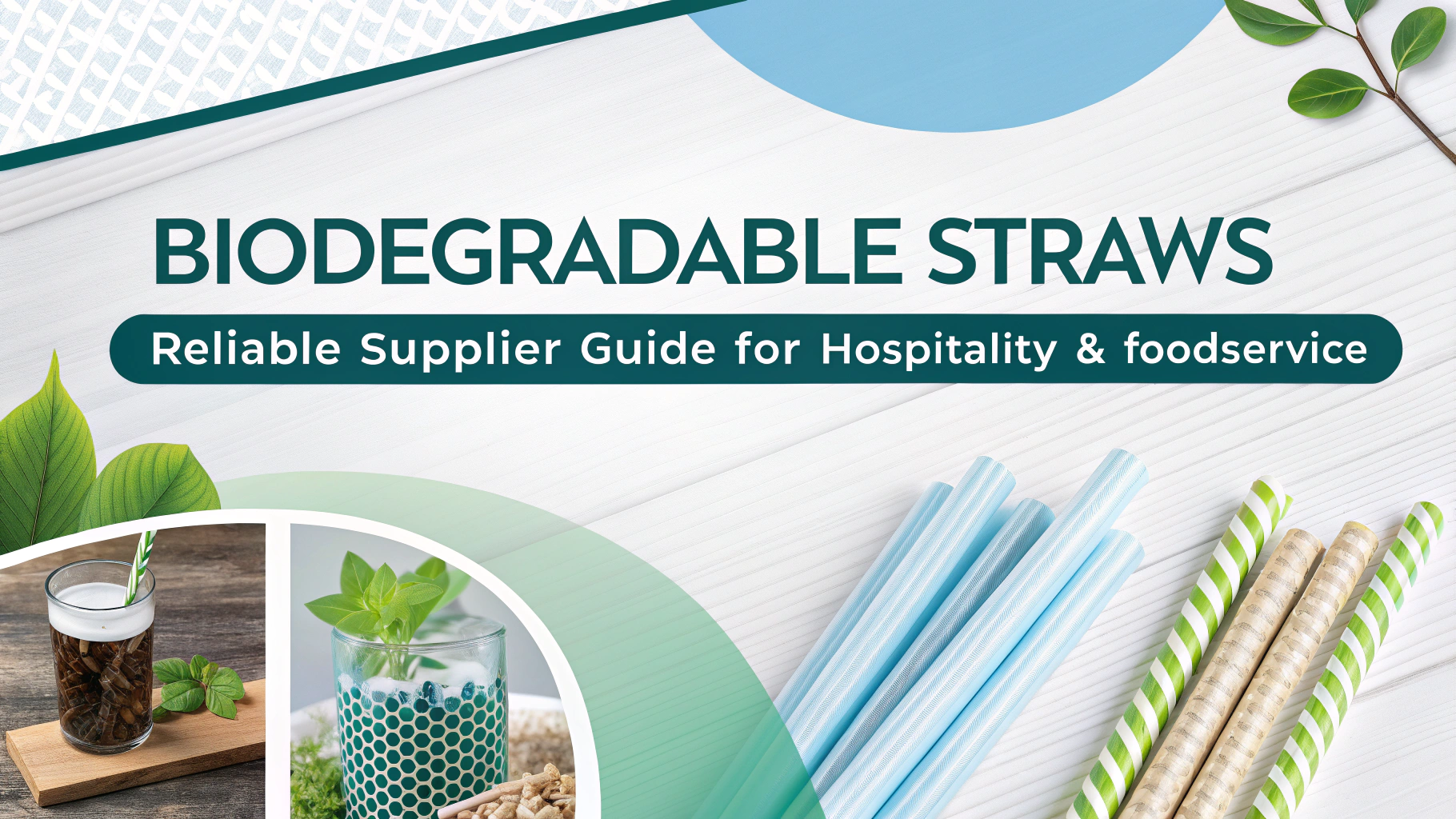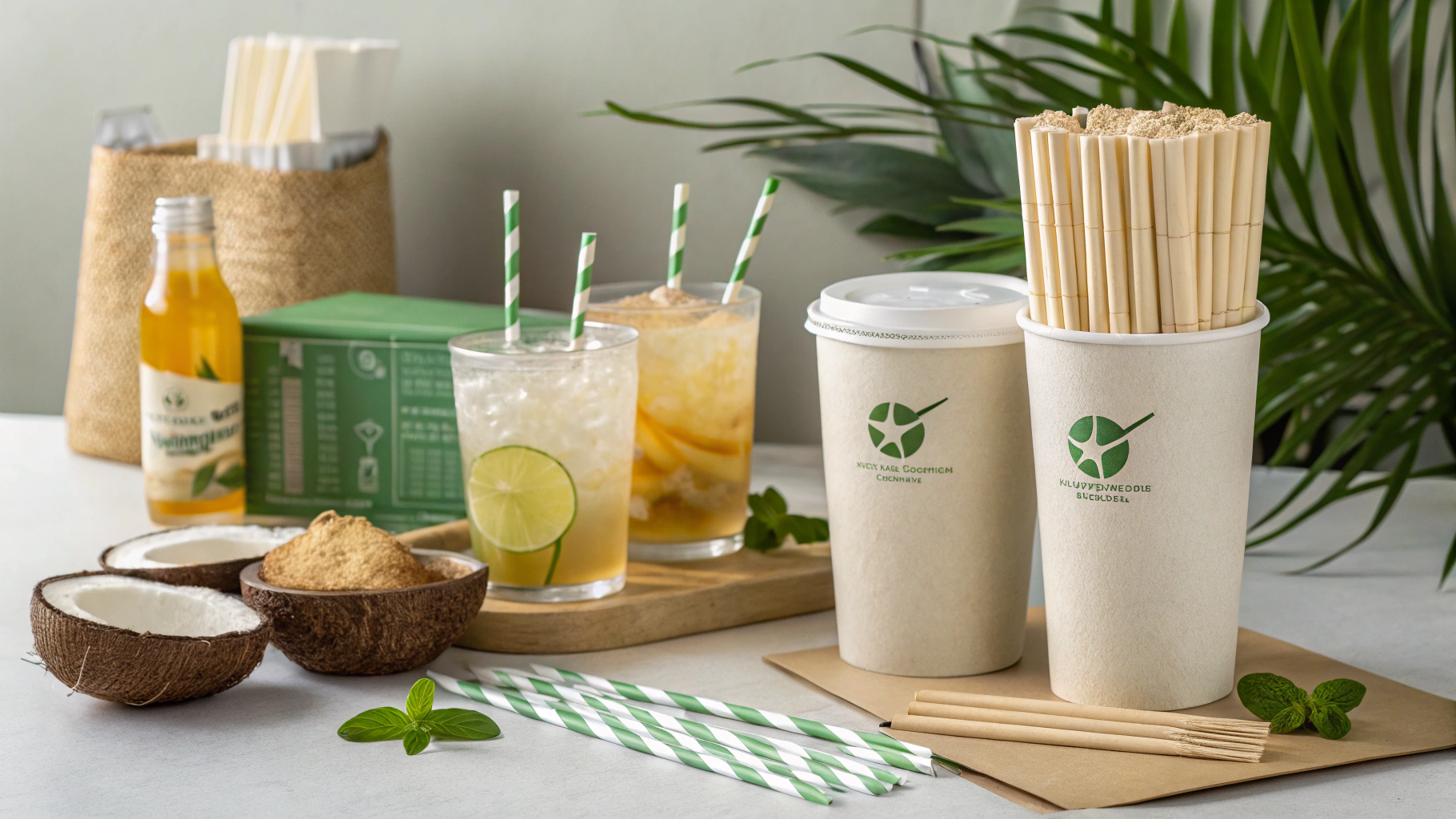
¿Alguna vez has tomado un trago y te has preguntado sobre el origen de ese tubo simple pero funcional que estás usando? La pajita para beber, algo que a menudo damos por sentado, tiene una historia cautivadora que se entrelaza con la cultura, la invención y la sostenibilidad. Vamos a sumergirnos, ¿de acuerdo?
Tabla de contenido
| Sr# | Encabezamientos |
|---|---|
| 1 | Los orígenes antiguos |
| 2 | Del oro al centeno |
| 3 | El nacimiento de la pajita moderna |
| 4 | Los plásticos toman el control |
| 5 | Preocupaciones ambientales |
| 6 | Pajitas de caña de azúcar: Una alternativa sostenible |
| 7 | Beneficios de las pajitas de caña de azúcar |
| 8 | El viaje de adopción global |
| 9 | El futuro de las pajitas para beber |
| 10 | Inspirándose en el pasado |
Los orígenes antiguos
¿Alguna vez pensaste en nuestros antepasados bebiendo sus bebidas favoritas? Las primeras pajitas para beber estaban hechas de oro, adornadas con la piedra azul lapislázuli y las utilizaban los sumerios para beber cerveza. Este artículo de lujo los protegía de los sedimentos fermentados que se depositaban en el fondo de sus tinajas.
Del oro al centeno
Con el tiempo, las extravagantes pajitas doradas dieron paso a otras más prácticas. La gente recurrió a materiales naturales y las pajitas hechas de raigrás se hicieron populares. Sin embargo, había un problema: se volvían blandos después de algún uso. No disfrutarías de un sorbo con regusto a hierba, ¿verdad?
El nacimiento de la pajita moderna
Esto nos lleva a Marvin Stone, el hombre detrás de la pajita de papel. A finales del siglo XIX, irritado por los residuos herbáceos de las pajitas de centeno, Stone envolvió tiras de papel alrededor de un lápiz, las pegó y ¡listo! Nació la pajita moderna.
Los plásticos toman el control
A medida que las industrias evolucionaron, también lo hicieron los materiales. El plástico, al ser barato y duradero, parecía el sustituto perfecto del papel. A mediados del siglo XX, las pajitas de plástico dominaban la escena. Su flexibilidad los hizo populares, especialmente en el sector sanitario, para que los pacientes bebieran líquidos.
Preocupaciones ambientales
Sin embargo, como un arma de doble filo, la durabilidad del plástico se convirtió en su perdición. Las pajitas de plástico de un solo uso comenzaron a acumularse, dañando la vida marina y contaminando nuestro planeta. Era hora de reconsiderarlo. ¿Ojalá existiera un material que combinara durabilidad y sostenibilidad?
Pajitas de caña de azúcar: Una alternativa sostenible
Introduzca pajitas de caña de azúcar. Aprovechando el poder de la naturaleza, estas pajitas ofrecen una solución ecológica. Elaborados a partir de fibras de caña de azúcar, se descomponen de forma natural, lo que garantiza una huella de carbono mínima. ¿No es increíble cómo la innovación puede arraigarse en la simplicidad de la naturaleza?
Beneficios de las pajitas de caña de azúcar
Las pajitas de caña de azúcar no solo son respetuosas con el medio ambiente, sino que también brindan una experiencia agradable para beber. Libres de los problemas del raigrás y de las preocupaciones medioambientales del plástico, parecen ser lo mejor de ambos mundos.
El viaje de adopción global
Países y empresas de todo el mundo están reconociendo los beneficios de las pajitas de caña de azúcar. Con la prohibición de los plásticos de un solo uso, hay un cambio creciente hacia estas alternativas sostenibles.
El futuro de las pajitas para beber
¿Qué sigue para la humilde pajita para beber? A medida que la sostenibilidad se convierte en una prioridad mundial, innovaciones como las pajitas de caña de azúcar sientan las bases para un futuro más verde.
Inspirándose en el pasado
Mirando hacia atrás, es evidente que el viaje de la pajita es como un río, que fluye y se adapta constantemente. Y así como los ríos a menudo conducen de regreso al océano, nuestras innovaciones, como la pajita de caña de azúcar, nos están llevando de regreso a la naturaleza.
En conclusión, la historia de las pajitas para beber no es sólo una historia de innovación sino también un reflejo de los valores y prioridades de la sociedad. A medida que avanzamos, valoremos las lecciones del pasado y allanemos el camino para un futuro sostenible.
Preguntas frecuentes:
P1: ¿Cuándo se introdujeron las pajitas de caña de azúcar?
A1: Las pajitas de caña de azúcar son una innovación relativamente reciente y han ganado importancia en la última década como una alternativa ecológica a las pajitas de plástico.
P2: ¿Cuánto tiempo duran las pajitas de caña de azúcar en una bebida?
A2: Las pajitas de caña de azúcar pueden durar varias horas en una bebida sin empaparse, lo que las convierte en un reemplazo viable para las pajitas de plástico de un solo uso.
P3: ¿Las pajitas de caña de azúcar son compostables?
A3: Sí, las pajitas de caña de azúcar son biodegradables y se pueden convertir en abono, regresando a la naturaleza en poco tiempo.
P4: ¿En qué se diferencian las pajitas de caña de azúcar de las de papel?
A4: Si bien ambas son ecológicas, las pajitas de caña de azúcar tienden a ser más resistentes y duraderas en las bebidas en comparación con las pajitas de papel.
P5: ¿Por qué se impulsan alternativas a las pajitas de plástico?
A5: Las pajitas de plástico no son biodegradables y contribuyen a la contaminación ambiental, dañando especialmente la vida marina. Alternativas como las pajitas de caña de azúcar tienen como objetivo reducir este impacto ambiental.






